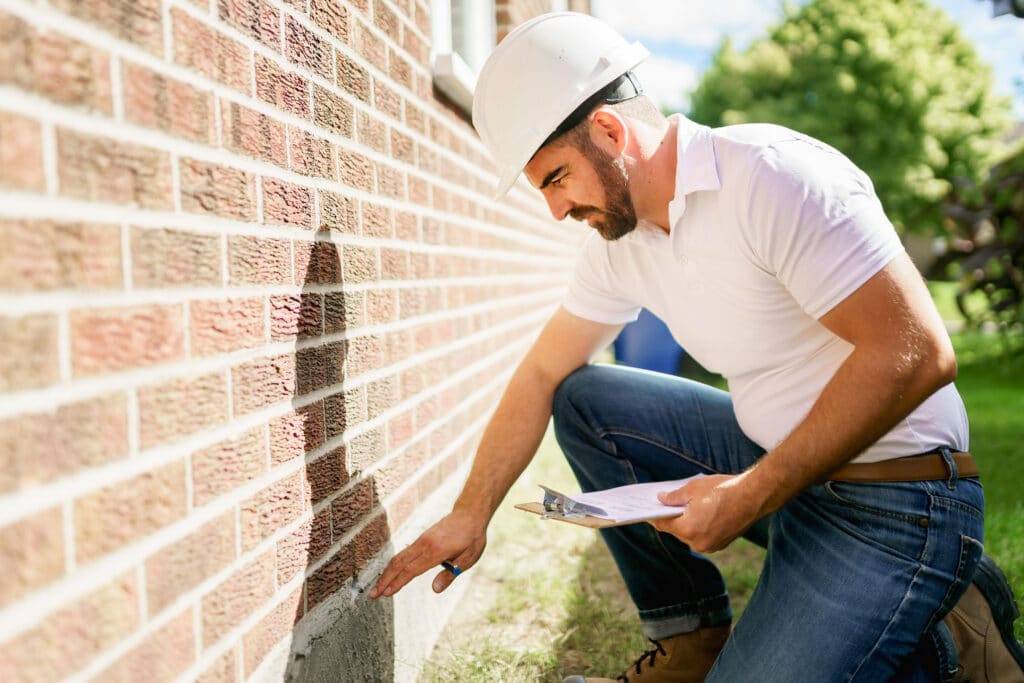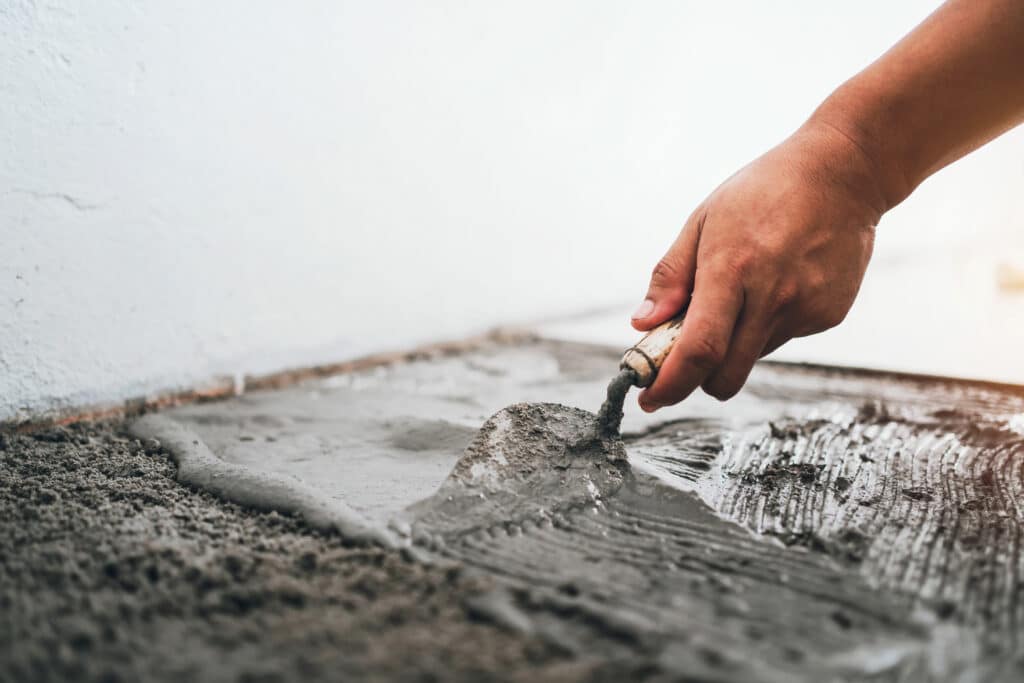Common Causes of Foundation Problems in Oklahoma City
A few factors can contribute to foundation issues. These are the most prevalent ones for Oklahoma City residents:
- Standing water: Standing water around your home can be menacing to your foundation, especially when it gathers in areas your gutter system doesn't reach.
- Improper modifications: Roofing or landscaping work that wasn't performed to standard could result in your foundation settling.
- Aging plumbing: The average Oklahoma City home construction year is 1980. If you live in an older home, it's likely to have cast-iron plumbing. When the pipes start to erode, leaking water could reach your foundation and even pool beneath it.
- Tree Roots: Tree roots can intrude into a home's foundation through cracks, and may create stress that causes your foundation breaking, pipes being damaged, and overall structural weakening.
How to Choose the Best Foundation Repair Company
Your home's structural integrity depends greatly on its foundation. It's essential to hire the most qualified crew possible. Focus your research on these attributes:
Licensing and Experience
According to the Oklahoma Construction Industries Board, foundation repair companies do not need a state license. However, cities and counties can still mandate licensure for contractors in their limits. Contact the Oklahoma City and local county governments for more information on your local requirements. To further understand your contractor's experience, we recommend asking questions about how the company inspects foundations, how its team will draft plans and pull permits, and what local codes apply to your project.
Contractor websites are some of the best places to do your research. Typically, a foundation company will discuss how long it's been in business. It might also upload other content to assist interested parties.
Customer Reviews
We suggest reviewing the company's Better Business Bureau (BBB) profile to determine whether it's accredited and has a positive customer review score. You can check whether other homeowners have shared satisfaction or filed complaints. Pay special attention to what customers say about company warranties. Remember that negative feedback doesn't necessarily mean a contractor is incompetent. The BBB shows how companies address complaints. A responsive team that works toward positive outcomes is a good one. Steer clear of a company if you don't see effective communication about problems.
Foundation Repair Cost in Oklahoma City
The price of foundation repair can vary substantially depending on the extent of the issues and what's required to resolve them. For minor foundation fracturing and settling issues, you may pay as little as $1,800. However, if there is substantial damage, the typical cost lands at about $2,200. More involved projects involving excavating, helical piers, or major mudjacking could cost upwards of $6,600. Below are the average foundation repair costs for common issues.
| Common Foundation Repair Services | Average Cost |
|---|---|
| Crack Repair | $277 |
| Leak Repair | $2,111 |
| Stabilization | $3,572 |
| Underpinning | $1,068 |
| Waterproofing | $2,320 |
Ready to Get a Quote on Your Foundation Repair Project?
Please enter a valid 5-digit zip code!
Frequently Asked Questions About Foundation Repair in Oklahoma City
What will I pay to repair my foundation in Oklahoma City?
Is foundation repair covered under my homeowners insurance?
What preventive measures can I take to avoid foundation issues?
- Make sure your home's gutters and downspouts are in good condition and direct water away from your foundation to prevent water accumulation.
- Irrigate the soil around your foundation consistently, especially during dry spells, to prevent expansion and shrinking.
- If possible, grade the soil around your home to angle away from your foundation, promoting water drainage and reducing the risk of foundation issues.
- Inspect your foundation for cracks, and address any issues immediately.
What are some "red flags" indicating a foundation company to avoid?
To share feedback or ask a question about this article, send a note to our Reviews Team at reviewsteam@thisoldhousereviews.com.
More Foundation Resources
National Foundation Repair Ranking Methodology
Sources
U.S. Census Bureau (American Communities Survey)
















